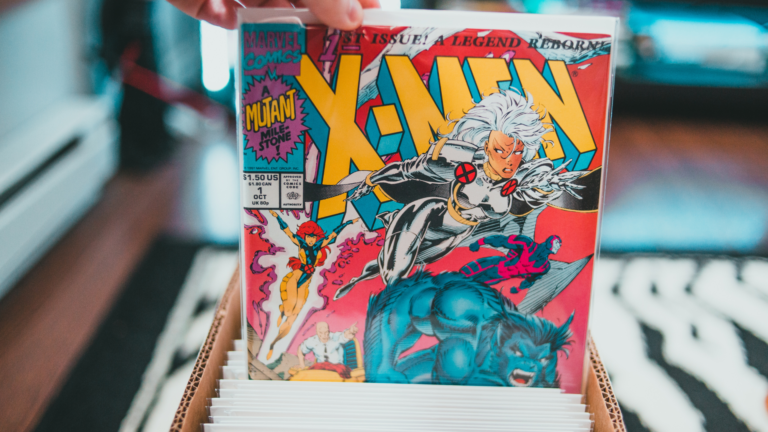Have you ever wanted to create your comic book series? Crafting a comic can seem daunting, but it doesn’t have to be! In this guide, we’ll break down the steps of how to draw comics for beginners and provide tips to make the comic come alive.
Principles of Comic Making
First and foremost among these is the need for clear and concise storytelling. A comic should be easy to follow, with a well-defined plot and characters that are easy to distinguish from one another.
Additionally, the art should be expressive and engaging, drawing the reader in and conveying the emotional beats of the story. This refers to how the story is broken up into individual frames or panels, which each contain a specific piece of information or action.
Finally, it’s important to remember that comics are a visual medium, so make use of this fact! Use imagination to enhance your plot points and bring your world and characters to life.
Materials Needed for Crafting a Comic
If you’re interested in crafting a comic, there are a few materials you’ll need to get started. Pencils and paper are, of course, essential for sketching out your ideas. You’ll also need some erasers, whether it’s physical or digital like Photoshop.
In terms of software, you may also want to invest in a vector drawing program like Adobe Illustrator for creating clean lines and shapes. And if you’re planning on coloring your comic digitally, you’ll need a graphics tablet to get the most precise results.
Of course, these are just the basics. As you become more experienced in crafting comics, you may find that other materials and tools are useful for your workflow too.
Character Design
One of the most important aspects of comic book art is character design. This is what will give your characters their unique look and feel, and set them apart from others in the genre. There are a few things to keep in mind when designing your characters:
- Their physical appearance
- Their personality
- Their role in the story
Keep these factors in mind when you’re creating your characters, and you’ll be well on your way to creating unforgettable protagonists and antagonists for your comics!
Coloring and Shading Techniques
When it comes to coloring and shading your comic, there are a few different techniques you can use to add depth and dimension to your drawings. One method to use is hatching. This involves drawing a series of parallel lines close together to create a shadow or darker area.
Cross-hatching is similar to hatching, but instead of drawing parallel lines, you draw a series of intersecting lines. This creates a more intense shadow effect. Additionally, the stippling technique involves using small dots to create shadows and darker areas.
Finally, blending is done by slowly and gently blending two colors with a brush or other tool. This creates a smooth transition between the two colors. Remember, there is no right or wrong way to color and shade your comic, so just have fun with it!
Editing and Publishing Tips
Congratulations on finishing your comic! Now it’s time to get it ready for publication. First, you need to read through your comic from start to finish, looking for any errors or typos. Make sure all the text is legible and easy to understand.
Next is to check the artwork carefully. Ensure that all the lines are clean and the colors are consistent. Furthermore, research printing options and costs beforehand. You need to find a printer that offers high-quality printing at a price you can afford.
Last but not the least, considering the process of getting your comic published can take some time, but it will be worth it in the end!
Final Thoughts on Crafting Comics
From the story to the characters to the illustrations, there’s a lot that goes into making a successful comic book. But if you take your time and plan everything out, you can construct a great comic that people will enjoy reading.
When you’re first starting, it’s crucial to experiment with several styles and approaches. Also, don’t be afraid to ask for help from more experienced creators. There are plenty of resources available online and in books that can help you learn more about crafting comics.
Take your time and have fun with it. Creating comics can be a rewarding experience, both creatively and financially. So don’t rush it, and make sure you’re enjoying the process. With a little hard work and dedication, you can create something truly special that people will love!






Recent Comments